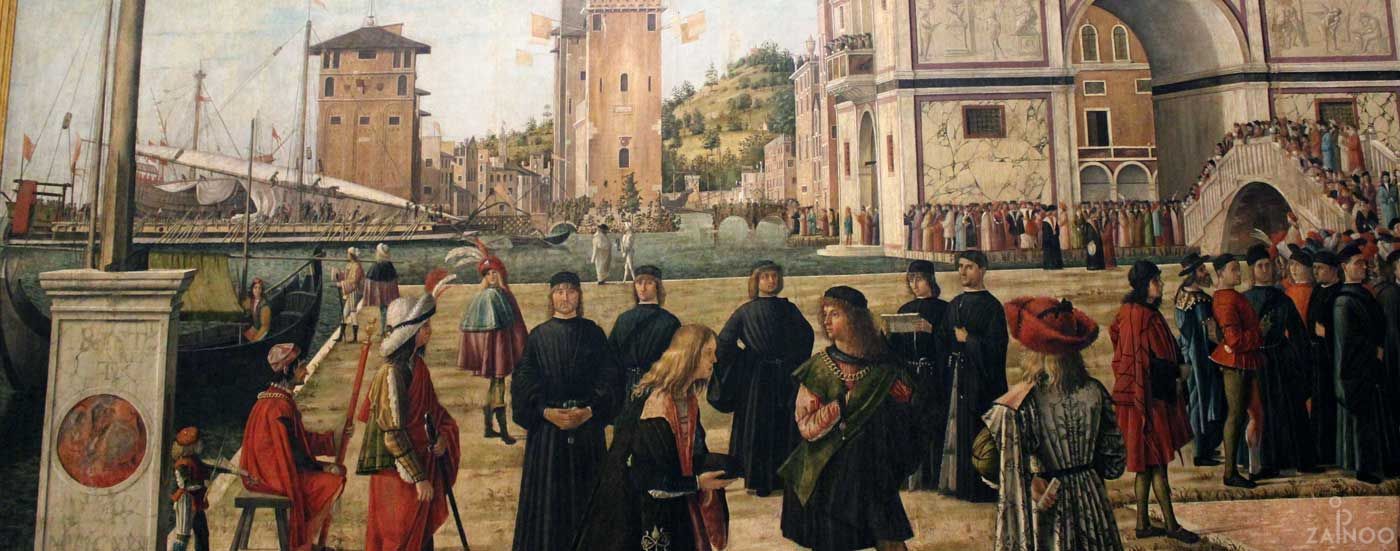Art & Culture in Veneto
The lagoon city as a cultural metropolis
Venice, one of the three major art cities in Italy, has always been a picturesque place, and it has inspired artists throughout history with its unique and beautiful location in the lagoon. But not only the location of the city is responsible for its artistic richness – the trade power of Venice in the Eastern Mediterranean brought many different influences and trends to the city, which found their way there from all over Europe. During the Italian Renaissance, master artists in other Venetian cities also created great works of art, many of which are still there to admire.
Venice as a city of art
If you think of art in Italy, the great works of art in Florence and Rome quickly come to mind. Venice is often forgotten, although it is one of the three major art cities in Italy. The atmosphere and the unique location of the lagoon city has always inspired artists and spurred them on to excellence. But historical Venice was much more than a city with a unique location. The Doge Republic’s large sphere of control, extending into the eastern Mediterranean, brought numerous influences from Byzantium, Greece, Turkey and the Arab countries to Venice, where they merged with European trends. Because of this, many different worlds are reflected in Venice’s architecture and art history – from central European, Turkish and Byzantine elements to the exquisite Venetian-Gothic buildings.
Especially during the Renaissance, Venice was an important centre of the European art scene. Painters and artists such as Bellini, Carpaccio, Titian, Tintoretto, Veronese and Vivaldi lived in Venice at this time. Today, the lagoon city still attracts a significant art scene.
Venetian culture and art in Venice
With the end of the expansion into the eastern Mediterranean and the conquest of the Venetian mainland, some of the greatest testimonials to Venetian culture appeared: the numerous Venetian villas and country mansions. Almost every wealthy noble family built a nobleman’s seat on the mainland and furnished it with splendour and elegance. You can admire many of these villas on a trip from Venice to Padua along the famous Riviera del Brenta.
In the Venetian hinterland, the so-called “Terra ferma”, you can find many beautiful works of art. Giotto painted his magnificent frescoes in the Capella degli Scrovegni in Padua in the 14th century. The architect Andrea Palladio built numerous Venetian palaces and country villas all over Veneto and set new standards in architecture.



Tweet